Introduction
Bellflowers are loved for their hanging bell-shaped plants and colorful sunglasses of blue, red, and white. Known for their lengthy-lasting blooms, they’re a favorite among gardeners. With the right care and hobby, bellflowers can bring beauty and appeal to diverse garden settings at some point of the developing season.
Bellflowers life belongs to the Campanula family, with over 300 species starting from low-developing floor covers to tall, upright kinds. Their plant life is satisfactory for attracting bees, butterflies, and one of a kind pollinators, making them ideal for pollinator-pleasant gardens.
Bellflower Overview
Bellflowers (Campanula spp.) offer a fantastic range of shapes, sizes, and colors. The genus consists of perennials, annuals, and biennials that thrive in amazing environments, from rock gardens to border beds.Most kinds bloom in early to mid-summer season, growing a vibrant display of colors that would last numerous weeks. With species suitable to quite a number lawn styles, bellflowers make a flexible choice for gardeners.
Where to Plant Bellflowers
Bellflowers grow properly in borders, lawn beds, rock gardens, and even containers. They select spots with entire or partial daylight, wherein they’re capable of soaking in four-6 hours of sun every day, in spite of the fact that shadier regions are preferred in warmer climates.Choose a location with nicely-draining soil to avoid troubles with root rot. Planting them in a breezy spot permits prevent fungal ailments, as appropriate airflow is vital for their fitness.
How and When to Plant Bellflowers
The best time to plant bellflowers is in early spring or fall, relying on close by climate conditions. Space flora 12-18 inches aside to offer them room to spread and broaden, and water them nicely after planting.If developing from seed, start interior 6-eight weeks earlier than the ultimate frost. Seeds can also be sown without delay outside in early spring, making it a clean alternative for gardeners who decide upon direct sowing.
Bellflower Care Tips
Light, Soil, and Water
Bellflowers thrive with 4-6 hours of daylight each day, even though some kinds tolerate partial colour. They pick nicely-draining, barely acidic to unbiased soil with a pH of 6.0-7.Zero. Water bellflowers frequently to maintain the soil moist, but keep away from waterlogging.Well-tired soil prevents root rot, a common difficulty for bellflowers in overly damp situations. Proper watering ensures their healthy growth and extended blooming.
Temperature and Humidity
Most bellflowers are hardy and can endure temperatures as low as -30°F, making them best for cooler climates. Although they deal with moderate humidity nicely, high humidity requires enough airflow to prevent fungal issues.In hotter regions, bellflowers can also want partial color to keep away from sun strain. When temperatures are high, adjusting watering frequency can assist hold healthy blooms.
Fertilizer
Apply a balanced, sluggish-launch fertilizer in early spring to guide bellflowers’ boom. Avoid excessive fertilizer, as it may sell foliage boom over flowers.Adding a mid-season decoration of compost or natural fertilizer complements soil fitness. This workout also supports bellflower blooms within the route of the developing season.
Pruning
Deadheading bellflowers extends their blooming period, as it prevents seed formation and encourages extra buds. Prune plants lower lower back to ground diploma after blooming to preserve a tidy appearance.Regular pruning moreover continues the plant compact, stopping leggy or unruly boom. This promotes an extra appealing, feasible plant within the garden.
Pests and Problems
Bellflowers are typically proof against pests however can every so often lure aphids, snails, and slugs. Overwatering can bring about root rot, at the same time as poor airflow can also cause powdery mold.To deal with pests, use insecticidal cleansing soap or natural pest control alternatives. Good gardening practices, collectively with right watering and spacing, prevent many commonplace issues.
How to Propagate Bellflowers
Seed
Propagating bellflowers through seed is straightforward, even though a few kinds can also moreover take longer to mature and bloom. Collect seeds from dried flower heads in late summer time, then maintain them in a fab, dry place for the subsequent spring.Sow seeds without delay outdoors in early spring or start indoors to give flora a head start. This allows flexibility in propagation based on developing opportunities.
Division
Dividing mature plants every 2-3 years is a powerful manner to propagate and rejuvenate bellflowers. Divide flowers in early spring or fall, lightly setting apart root clumps and replanting them.Division controls plant unfold and forestalls overcrowding, which helps extra healthful, extra full of lifestyles boom. It also enables maintaining garden corporations.
Stem Cuttings
Taking stem cuttings in early summer time is some different way to propagate bellflowers. Select healthy stems, dip them in rooting hormone, and place them in a pot with moist, well-draining soil.Keep cuttings in a bright place with oblique light, watering as wished till they root. Once roots form, transplant them into the garden.
Types of Bellflower
‘Birch Hybrid’ Bellflowers
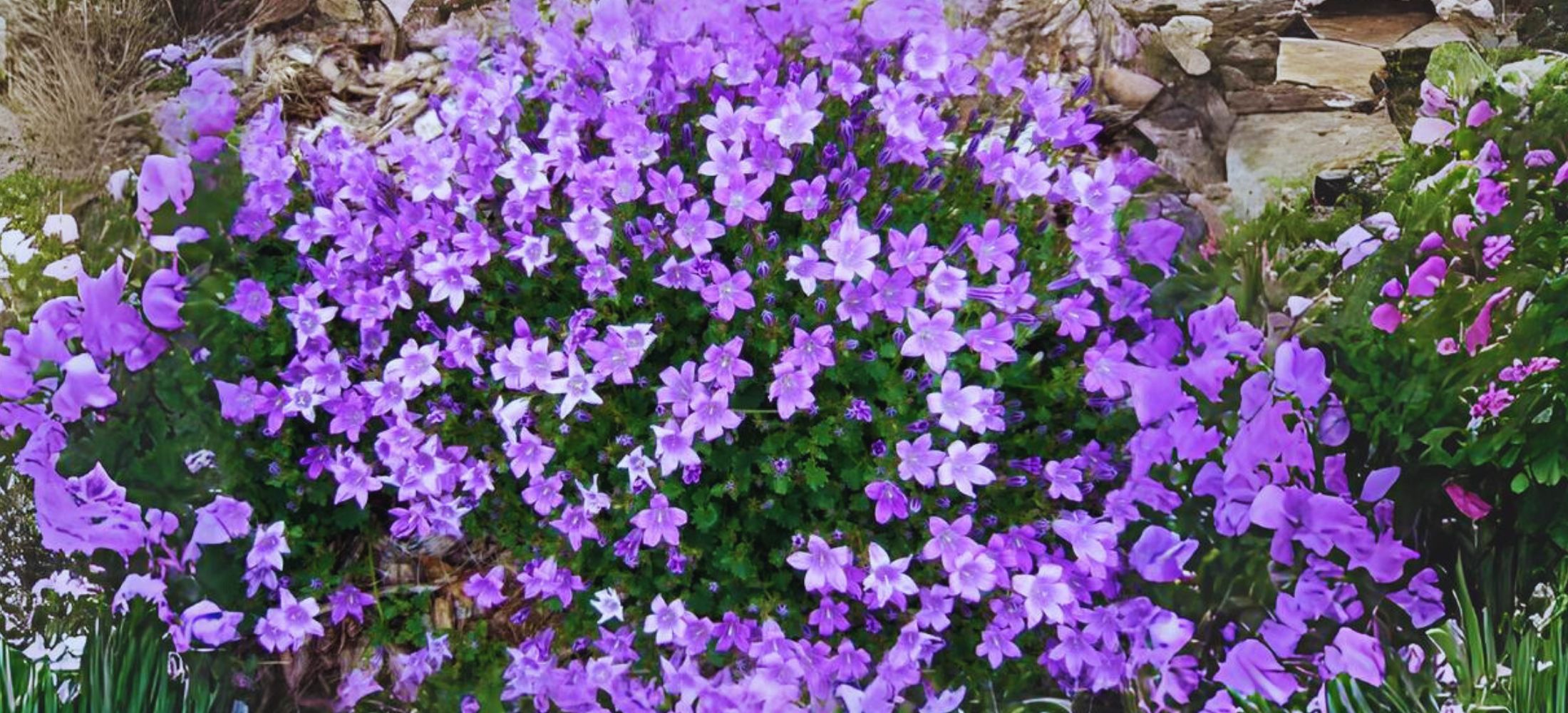
The ‘Birch Hybrid’ is a low-developing bellflower with lovely blue flowers, making it great for ground cover. Its compact boom suits borders and rock gardens well.With colorful blooms and an adaptable nature, the ‘Birch Hybrid’ brings shade to any lawn space. It’s especially liked for its low-preservation care dreams.
Campanula Raddeana
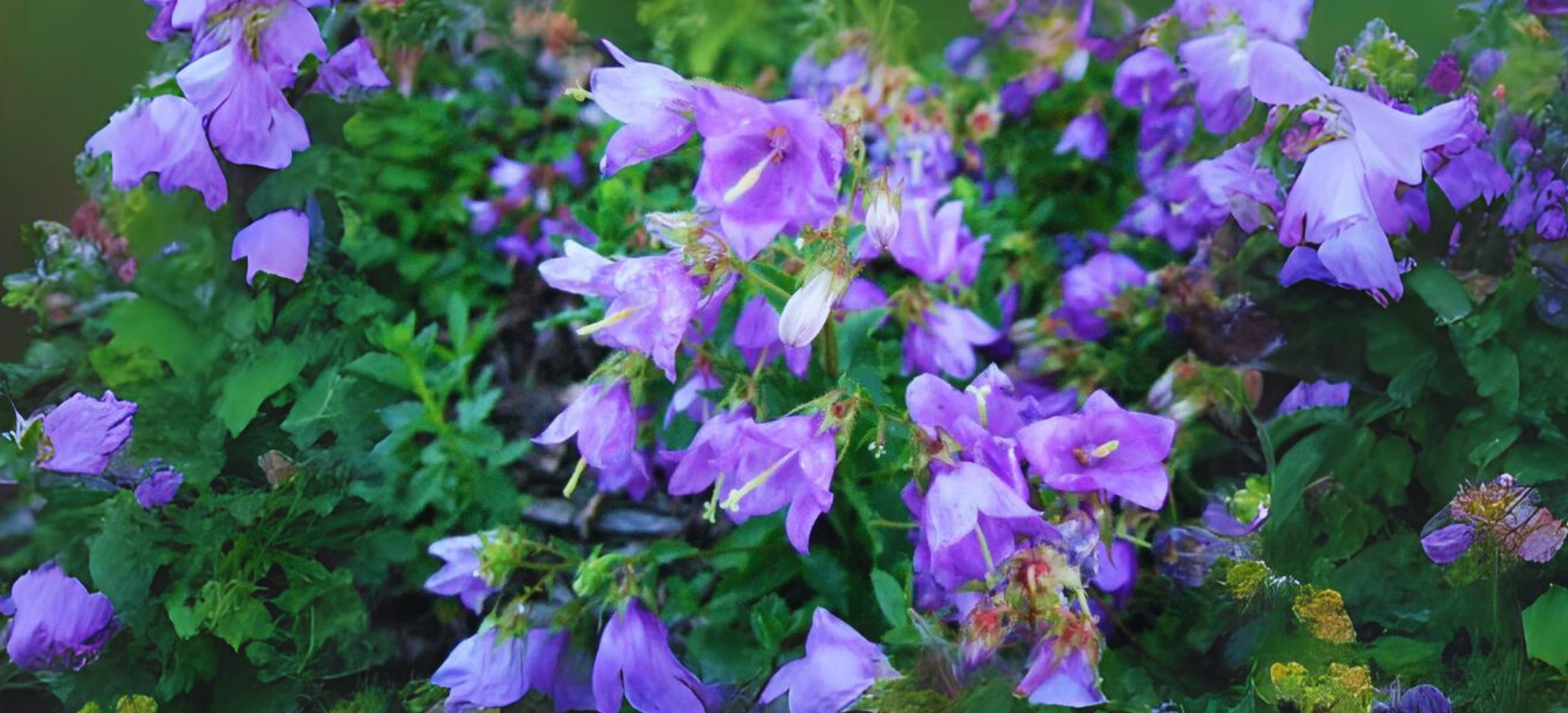
Campanula Raddeana is known for its precise, movie star-original blooms and is satisfactory for in part shaded spots. This bellflower provides a fashionable touch to wooded places and coloration gardens.Its touchy vegetation and contrasting foliage make it an attention-grabbing desire. It grows great in properly-tired soil with ordinary moisture.
Clustered Bellflower (Campanula glomerata)
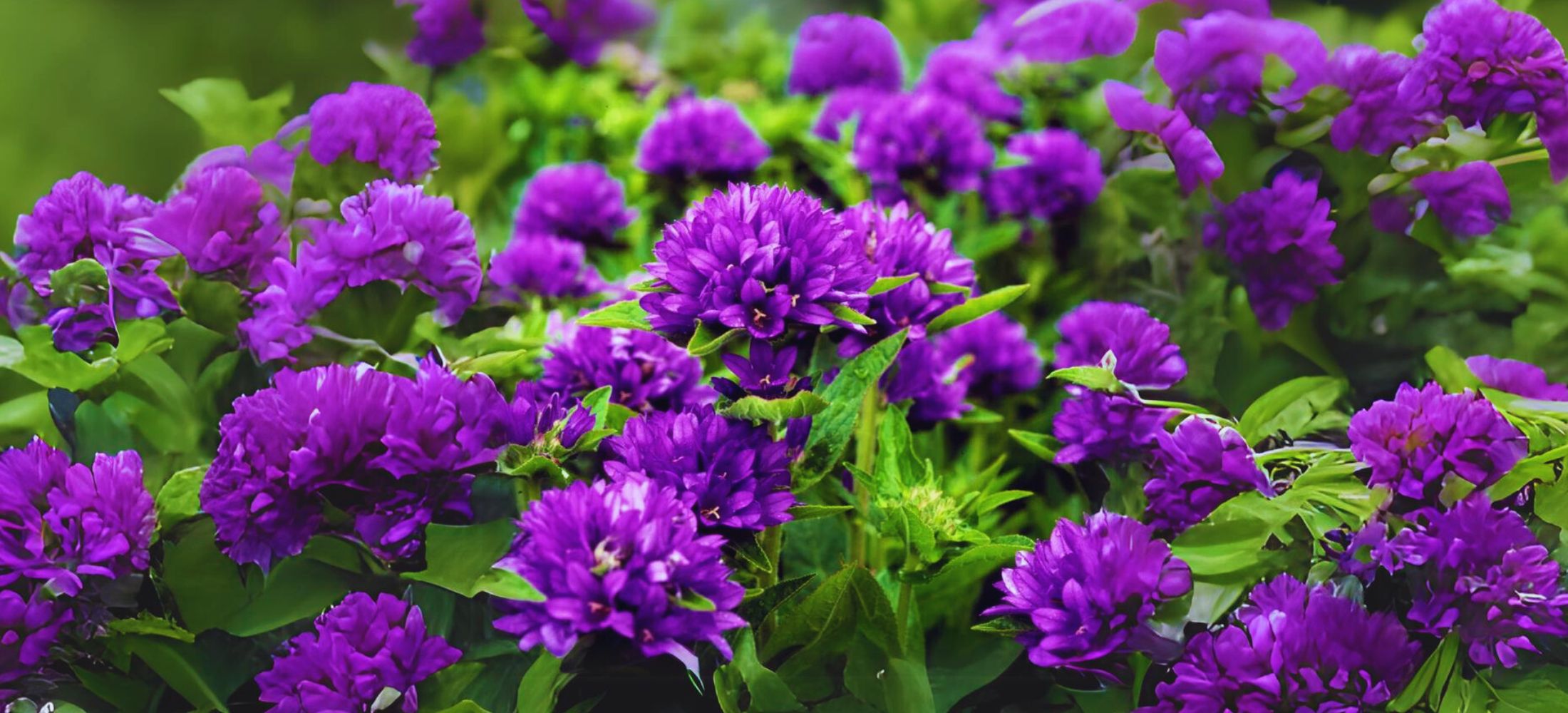
The Clustered Bellflowers produce dense clusters of colorful crimson plants. This taller range grows properly in sunny borders and draws bees and butterflies.With its formidable color and upright boom, the Clustered Bellflower provides pinnacle and texture to the lawn. Its blooms are long-lasting and easy to take care of.
Peach-Leaf Bellflower (Campanula persicifolia)
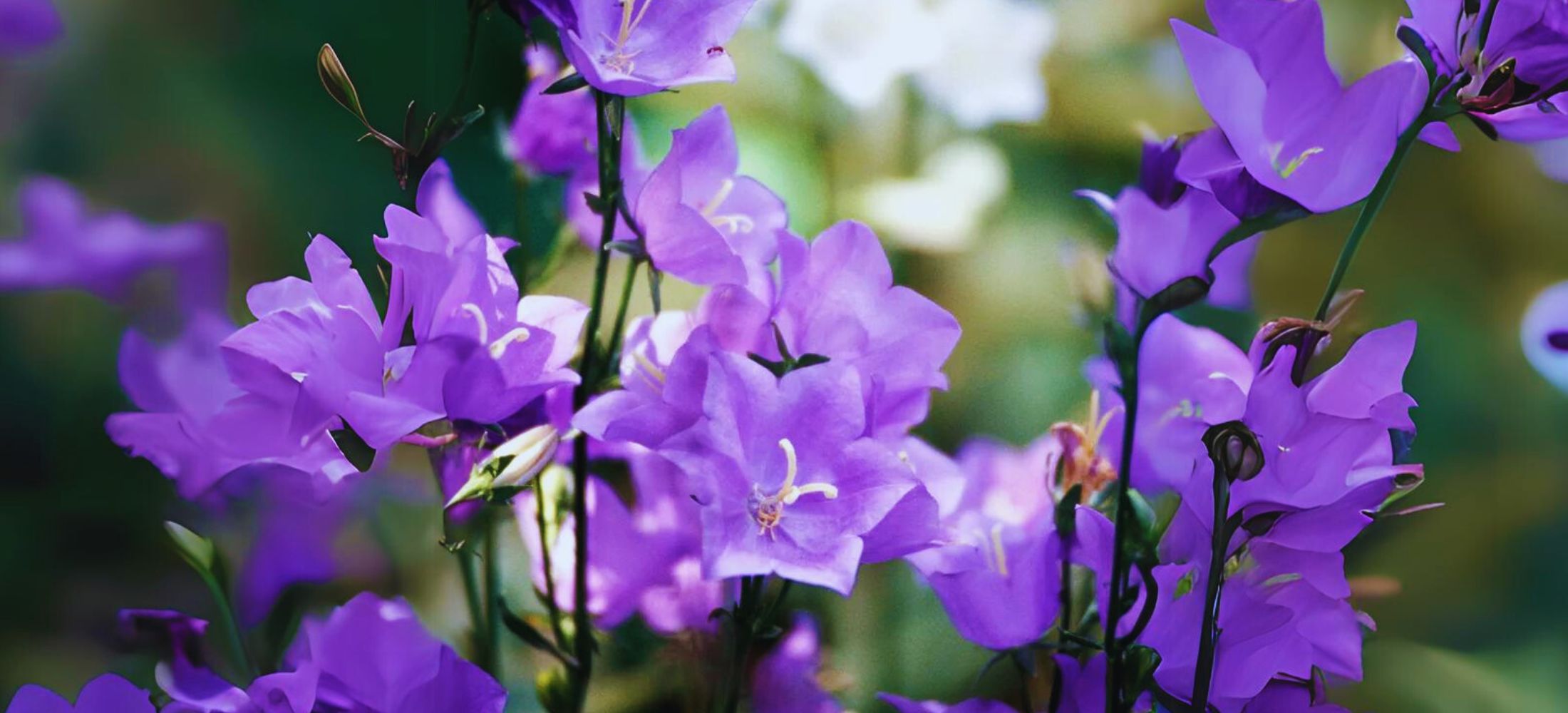
The Peach-Leaf Bellflower functions as tall spikes adorned with clean blue or white flora, perfect for reducing gardens. Its lengthy stems make it satisfactory for including top to borders.Known for its adaptability, the Peach-Leaf Bellflower prospers in sun and partial coloration. It’s a reliable, low-maintenance addition to combined lawn beds.
‘Pearl Light Blue’ Carpathian Bellflower
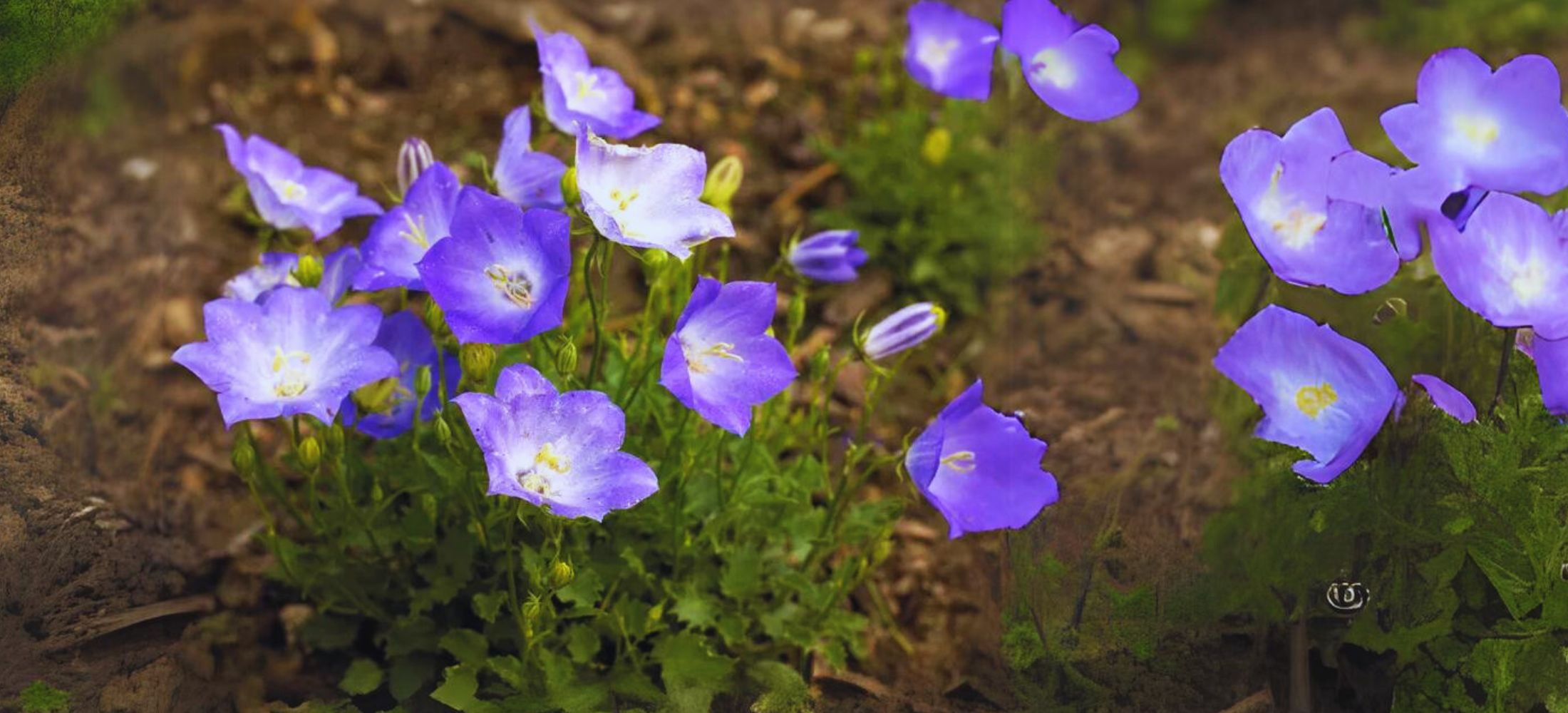
This compact range has cute light blue flora and suits smaller spaces, like containers and edging. Its rounded form brings a touchy appeal to gardens.The ‘Pearl Light Blue’ Carpathian Bellflower requires minimum upkeep and has a tidy growth dependency. Its petite blooms add splendor to tight lawn regions.
‘Pink Octopus’ Bellflower
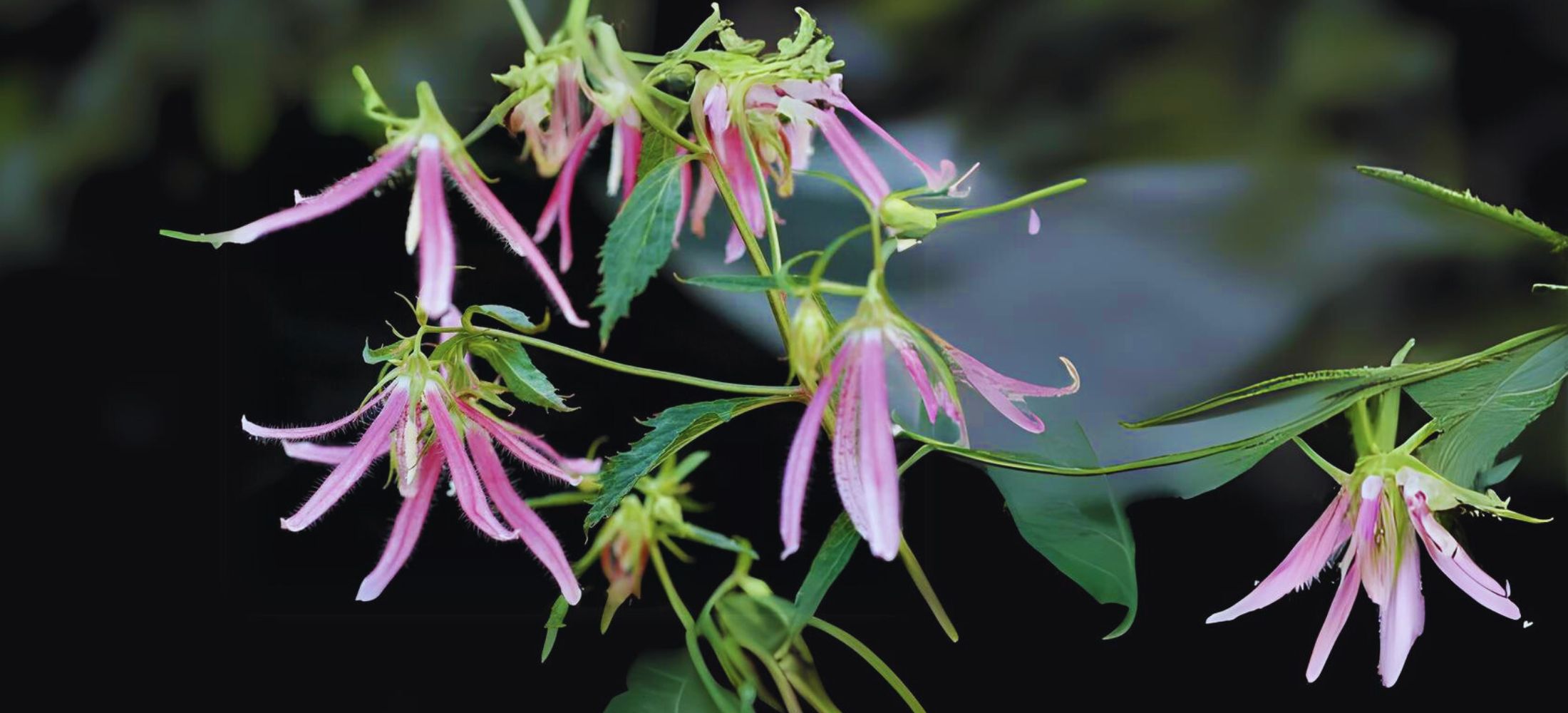
The specific ‘Pink Octopus’ Bellflower has superb, spider-like purple blooms that upload an exciting texture to lawn beds. It flourishes in partial color and nicely-drained soil.This range is famous for its unusual flower shape and coloration, making it a focus in the garden. Its clean care and adaptability add to its appeal.
‘Sarastro’ Bellflower
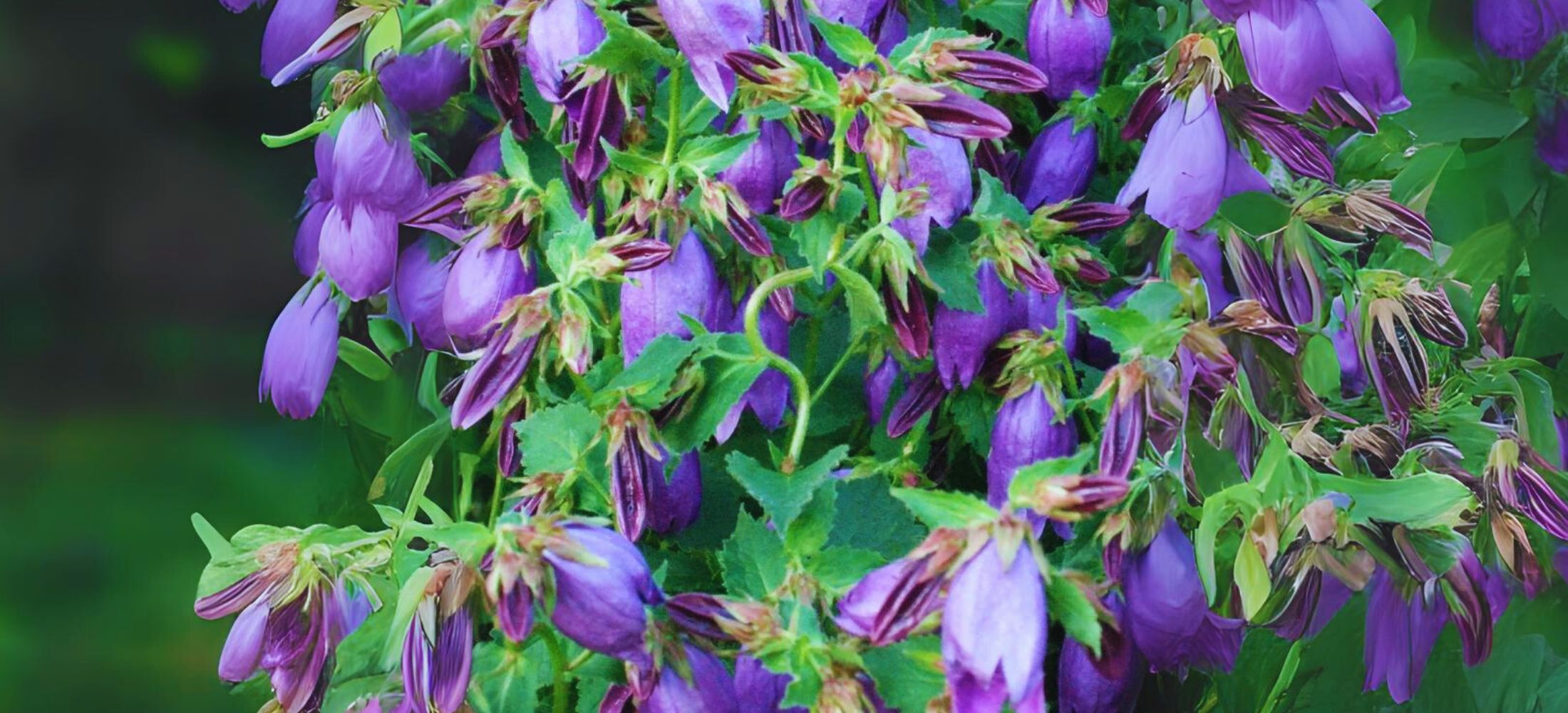
The ‘Sarastro’ Bellflower shows rich, deep pink flora with prolonged-lasting blooms. It’s satisfactory for borders and pairs nicely with unique summer time perennials.Known for its hardiness and shade, the ‘Sarastro’ Bellflower is a fave amongst gardeners. Its awesome blooms deliver intensity and splendor to flower beds.
Bellflower Companion Plants
Bellflowers supplement diverse flowers, which incorporates Foxglove and Phlox.
Foxglove
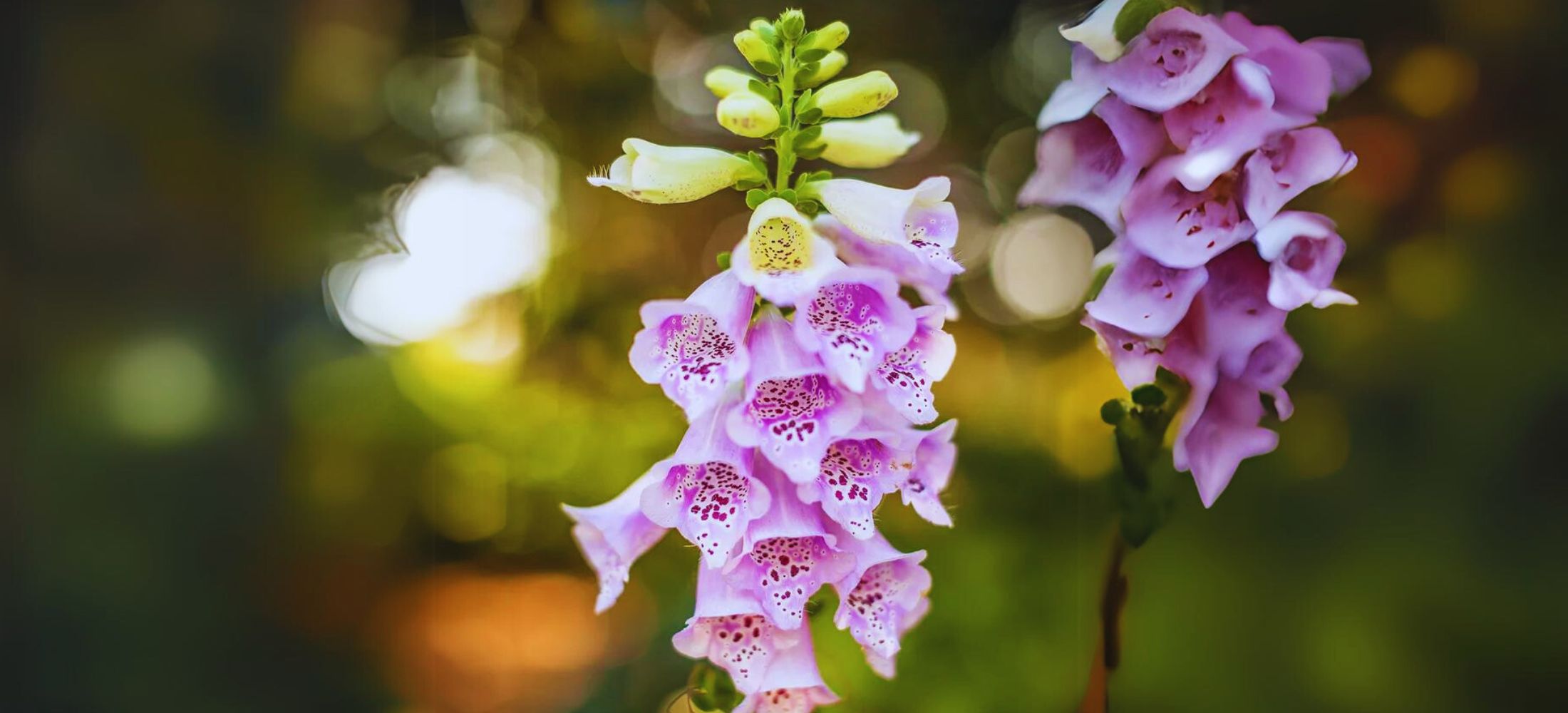
Foxglove, recounted for its tall and fashionable spires, offers an adorable evaluation to bellflowers’ mounded, decreasing growth dependency. With heights that attain upward, Foxglove provides vertical hobby to garden beds, at the same time as its sensitive, tubular plant life traps hummingbirds and pollinators, developing an active garden environment. Together, Foxglove and bellflowers enhance the garden’s structure, growing a balanced look of peak and form.
Phlox
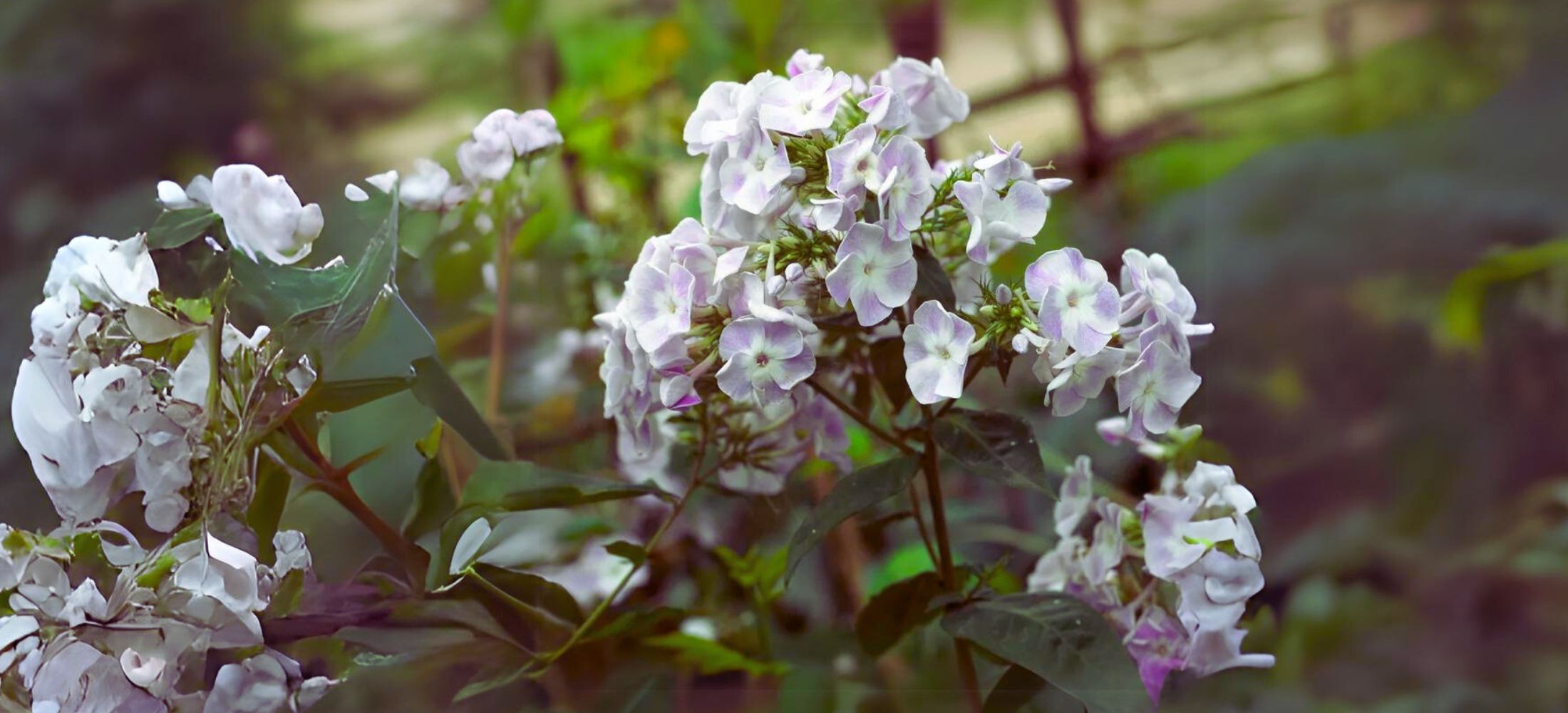
Phlox, rather, is loved for its dense, colorful blooms that make a really perfect backdrop for bellflowers. The colorful vegetation of Phlox comes in sunglasses of red, crimson, and white, which beautifully complement the blues, purples, and whites of bellflower blooms. Phlox moreover attracts butterflies, making it a famous preference for a pollinator-first-rate garden. When paired with bellflowers, Phlox enriches the visible attraction, bringing concord and an abundance of coloration that lasts all through the growing season.
Conclusion
Bellflowers provide timeless splendor and flexibility, making them a treasured addition to any lawn. With numerous types, appealing blooms, and espresso-maintenance requirements, they’re appropriate for gardeners of all ranges.
By imparting the right conditions and care, bellflowers can thrive year after 365 days, providing a long-lasting display of attraction and splendor. Whether in borders, beds, or containers, bellflowers carry color and hobby to any panorama.
Read more: How to Grow Beautiful Ranunculus Flower: A Complete Guide

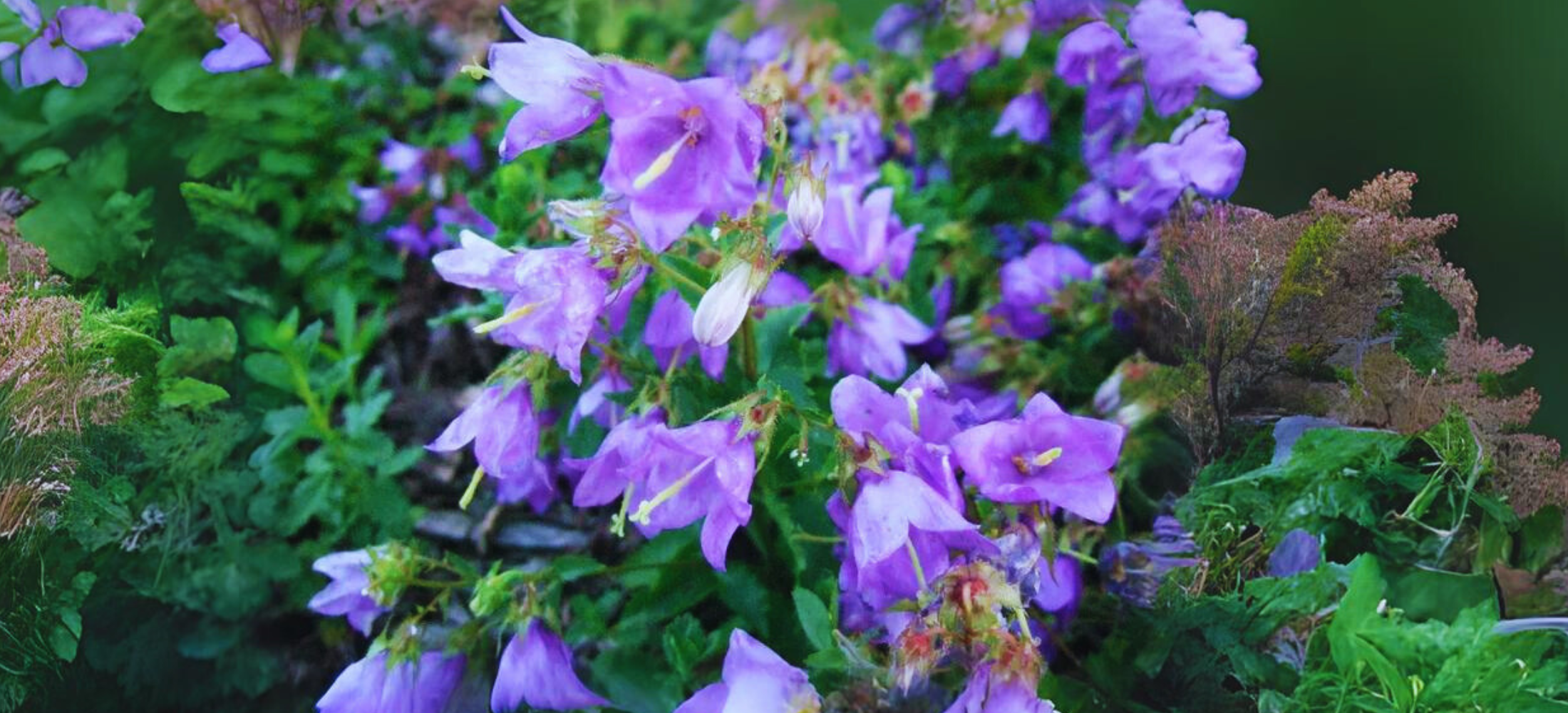
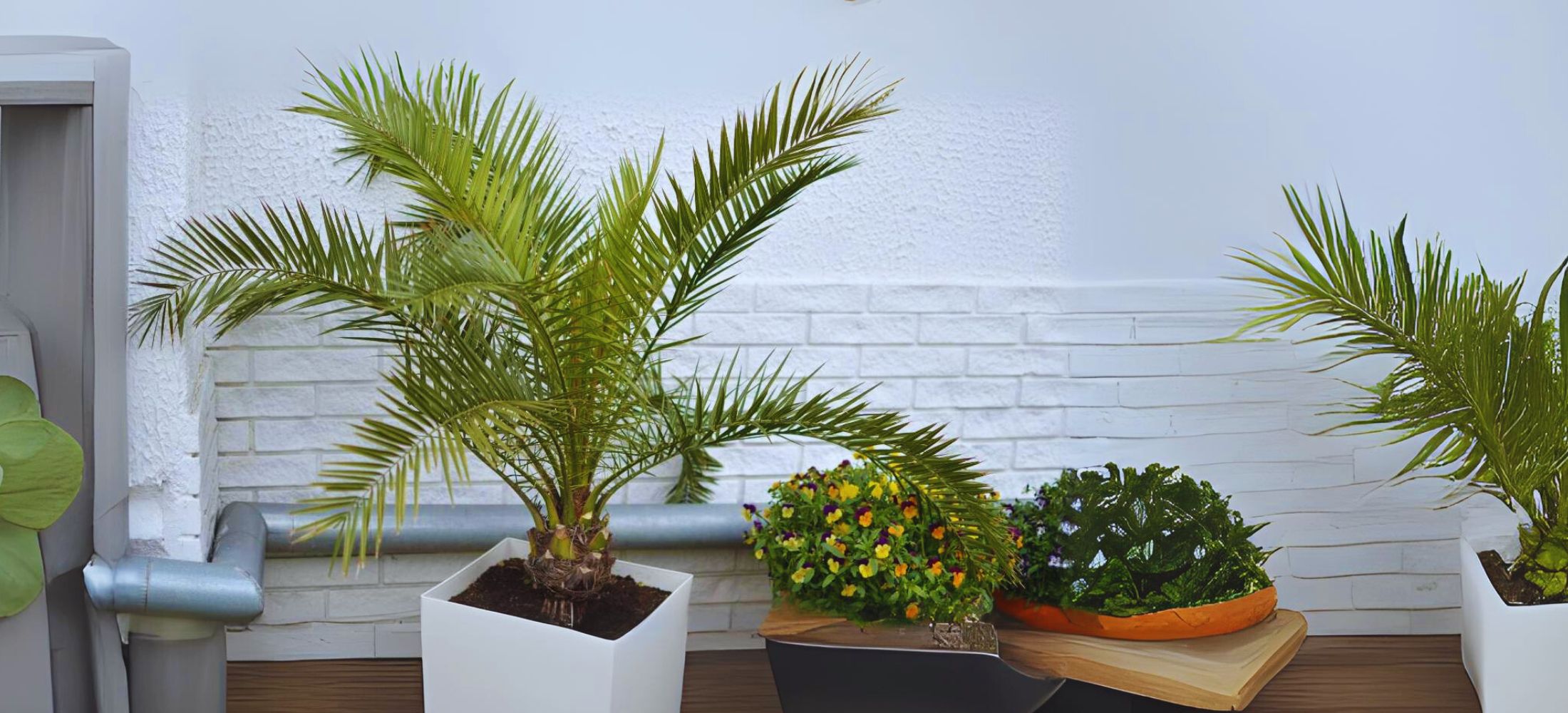
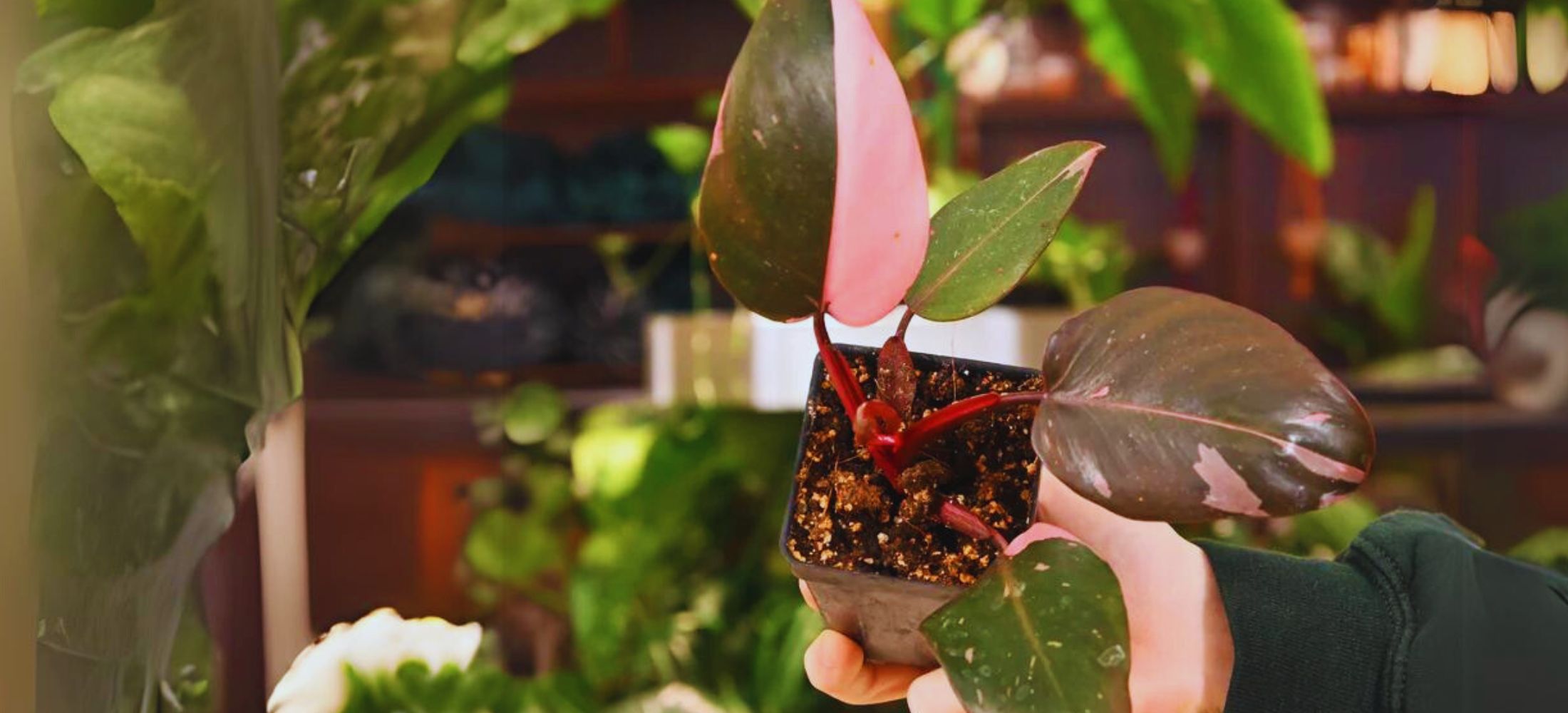
One thought on “How to Grow and Care Bellflowers: A Complete Guide 2024”